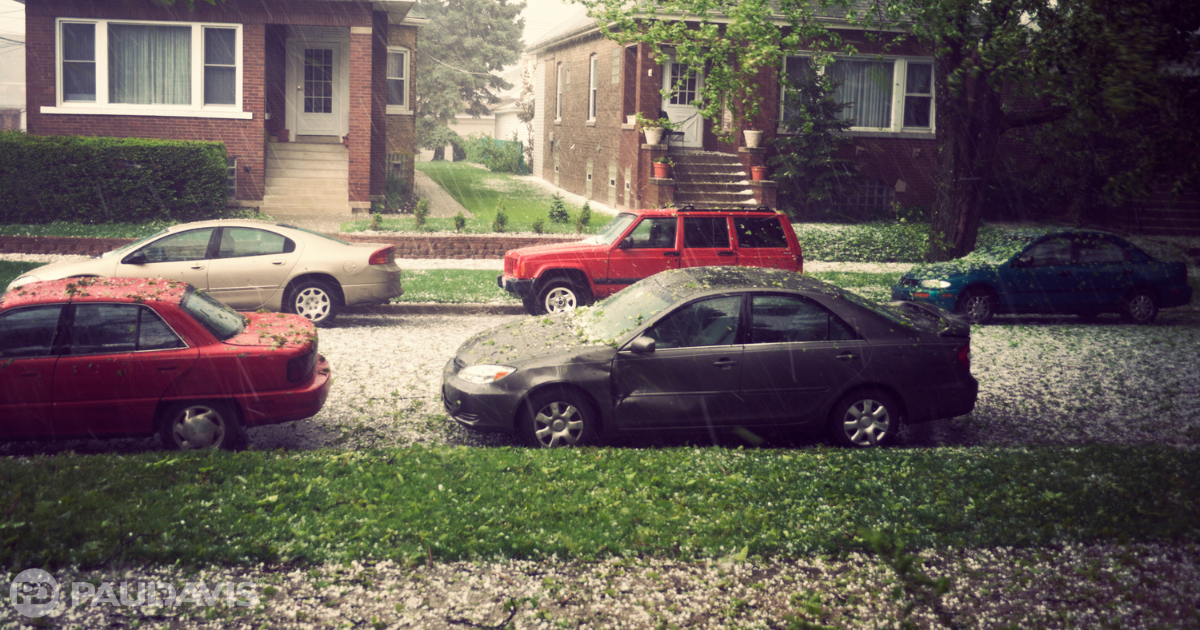
When it’s small and bouncy, hail is an exciting weather phenomenon that delicately frosts the lawn. When golf-balls of ice tattoo a car dealership at screaming velocity – as happened recently in to a new car dealer - it’s an expensive disaster that ruins 450 vehicles in minutes.
“Hailstones form when water droplets build up ice as they circulate through freezing temperatures in thunderstorms,“ says Eddie Bruce, President, Paul Davis Restoration Fort McMurray, Alberta. “In fact, hailstones have rings inside that indicate how many times they rose and fell through a storm cloud! They are certainly interesting but extremely damaging, inflicting nearly C$1.4 billion in property damages annually around the globe.”
Large hailstones – the biggest one in the record books attained bowling ball proportions - can travel at 160 kilometers per hour. Southern and Central Alberta take Canada's No. 1 spot for hail. It's called Hailstorm Alley and it stretches from High River to Calgary, through Red Deer to Lacombe and then westward to Rocky Mountain House. Also known as Hail Alley is the region between Edmonton and High River – nicknamed Hail Alley. It too is prone to this violent type of weather. It’s difficult to forecast hail so the best recommendation to protect your property? Take precautions before the skies darken.
- Weatherproof your home. Make sure your exterior cladding and roofing are sound; if your roof is more than five years old, schedule an inspection and repair any loose or missing shingles. Consider metal roofing if replacing your roof. Metal holds up much better against hail than asphalt shingles.
- Park vehicles under cover. Protect cars long-term by using carports or garages. If your home uses driveway parking, consider sheltering your cars temporarily if severe storms threaten. Car covers also provide some protection for vehicles.
- Move outdoor furniture indoors in severe weather or when not in use. Relocating outdoor pieces temporarily also prevents them from becoming projectiles in high winds.
- Review your insurance. Speak with your insurers about your homeowners and auto policies. Most homeowner plans cover hail damage. Vehicle policies, however, may not.
- Review your homeowner policy deductible and coverage maximums. Construction costs have increased significantly in recent years, So too have policy deductibles. Requesting a Replacement Cost Estimator (RCE) for your property will enable you to determine whether these factors have risen to a point where your home has become under insured if totally destroyed. RCE is a tool that insurance companies use to calculate how much it might cost to replace your home.
“Inventors in the late 1800s created hail cannons: megaphone-shaped devices that sent shock waves through storms to disrupt hail formation,” Bruce concludes. “The cannons not only didn’t work, they were destroyed by hail. But fascinating historical trivia is easier to enjoy if your property escapes damage because you took preventative measures.”
